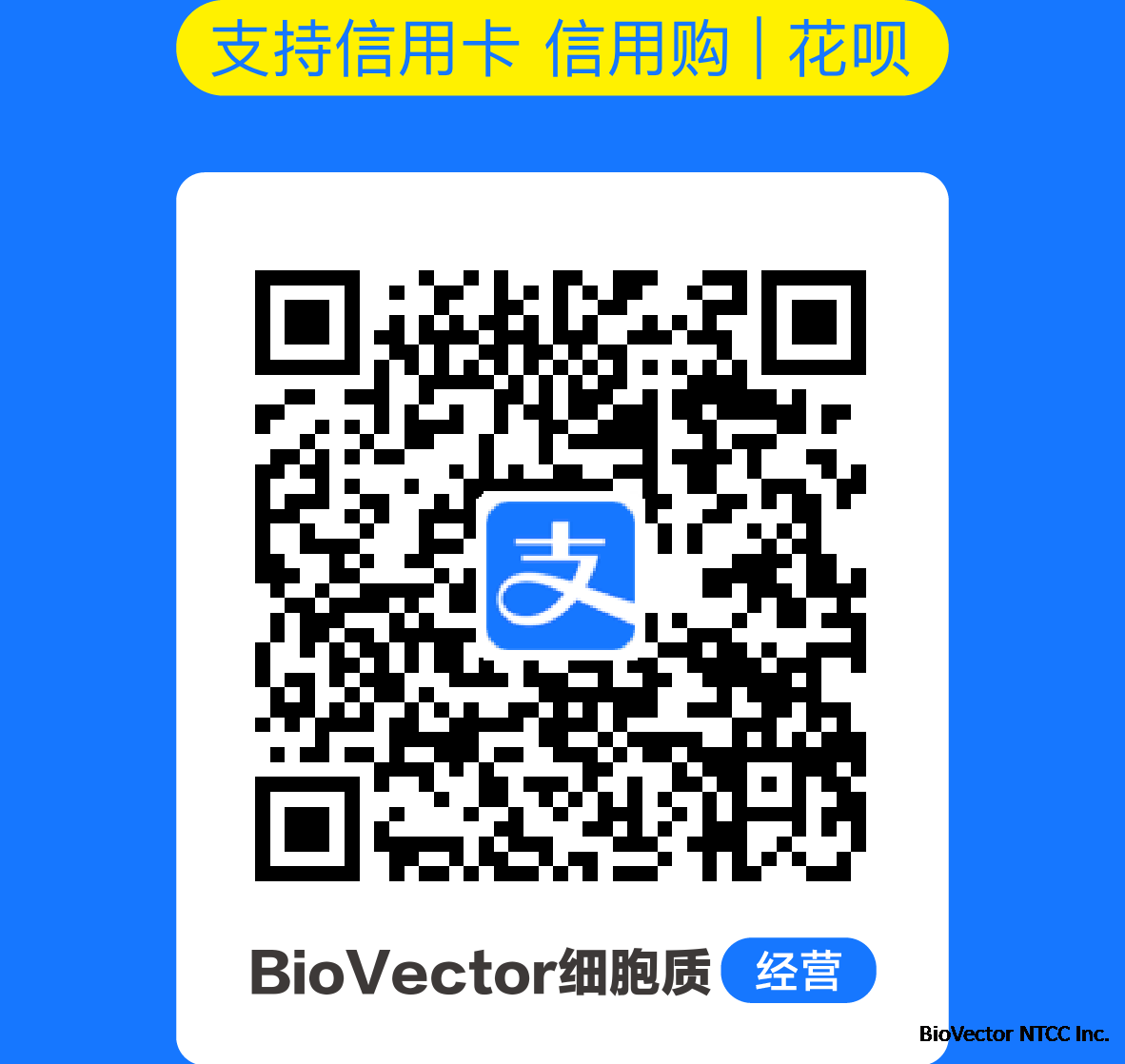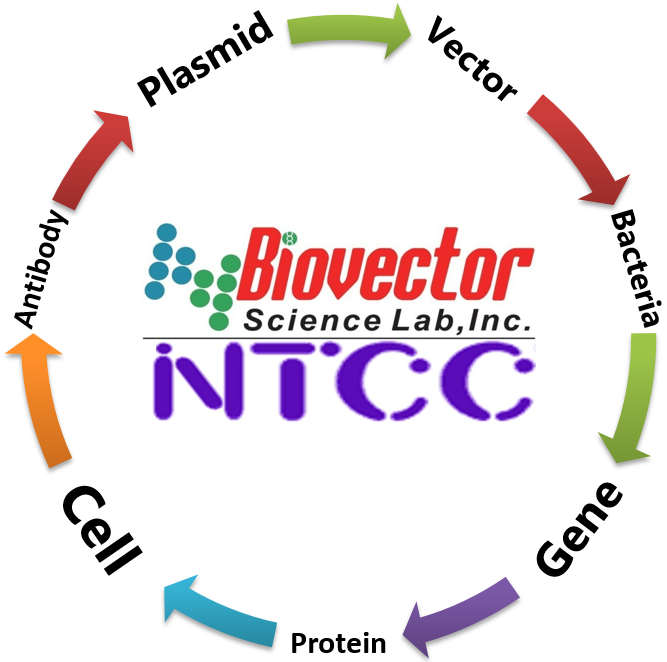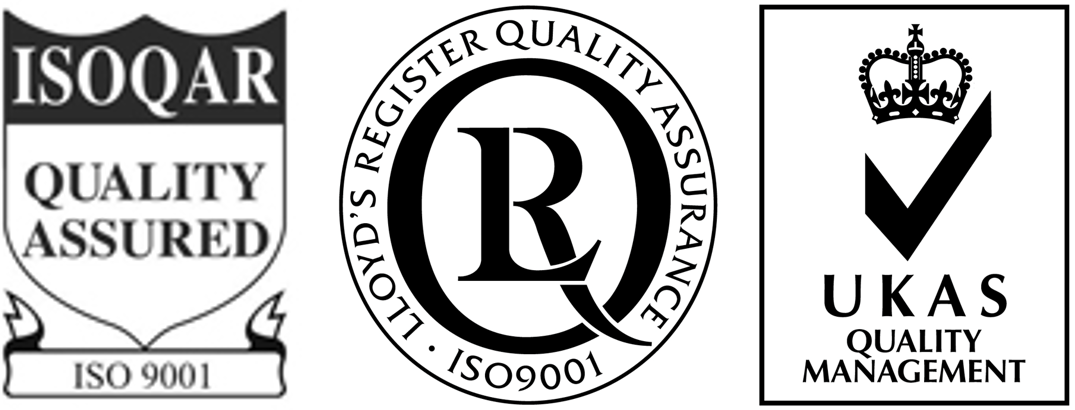人丙酸血症细胞株NTCC's human Propionic acidemia cell line -BioVector NTCC典型培养物保藏中心
- 价 格:¥99860
- 货 号:NTCC-PAcells
- 产 地:北京
- BioVector NTCC典型培养物保藏中心
- 联系人:Dr.Xu, Biovector NTCC Inc.
电话:400-800-2947 工作QQ:1843439339 (微信同号)
邮件:Biovector@163.com
手机:18901268599
地址:北京
- 已注册

iPSC Lines:
MUSCSDi001-A-1 (PCCB Δ14/Δ29):An iPSC line derived from a patient with autosomal recessive propionic acidemia due to a deletion in the PCCB gene.
MUSCSDi001-A-2 (PCCB Δ19/Δ481):Another iPSC line from a patient with autosomal recessive PA, also with PCCB gene mutations.
UAMi001-A:An iPSC line generated from a patient with PA caused by defects in the PCCA gene.
UAMi002-A and UAMi003-A:Two iPSC lines from PA patients, with detailed characterization available.
UAMi004-A:An iPSC line from a PA patient with mutations in the PCCB gene.
Fibroblast cell lines have been derived from PA patients with various genotypes, including:
Homozygous for PCCA c.1285-1416A>G
Homozygous for PCCA c. 412G>A (p. A138T)
Compound heterozygous for PCCA c. 229C>T (p. R77W)/c. 1846-2_1852del9
Homozygous for PCCB c. 1228C>T (p. R410W)
fibroblasts are frequently used in research for this condition, and several established fibroblast cell lines are commonly used as a basis for creating such cell lines. Propionic acidemia (PA) is a genetic disorder caused by mutations in the PCCA or PCCB genes, leading to a deficiency in the enzyme propionyl-CoA carboxylase. Researchers often use fibroblasts from patients with PA to study the disease and develop potential therapies.
- 1. Patient Samples:Fibroblasts are typically derived from skin biopsies of individuals diagnosed with propionic acidemia.
- 2. Gene Sequencing:The PCCA and PCCB genes are sequenced to identify the specific mutations causing the PA in the individual.
- 3. Cell Culture:Fibroblasts are isolated from the biopsy and grown in culture.
- 4. Genetic Correction/Modification (Optional):In some research, scientists may use gene editing techniques (like CRISPR) to correct the genetic defect in the patient-derived fibroblasts or to introduce specific PA mutations into normal fibroblast cell lines.
Other Cell Lines:
- GM00371 (NTCC_2N24):A cell line from a female patient with propionic acidemia
BioVector NTCC Inc.
- 公告/新闻




